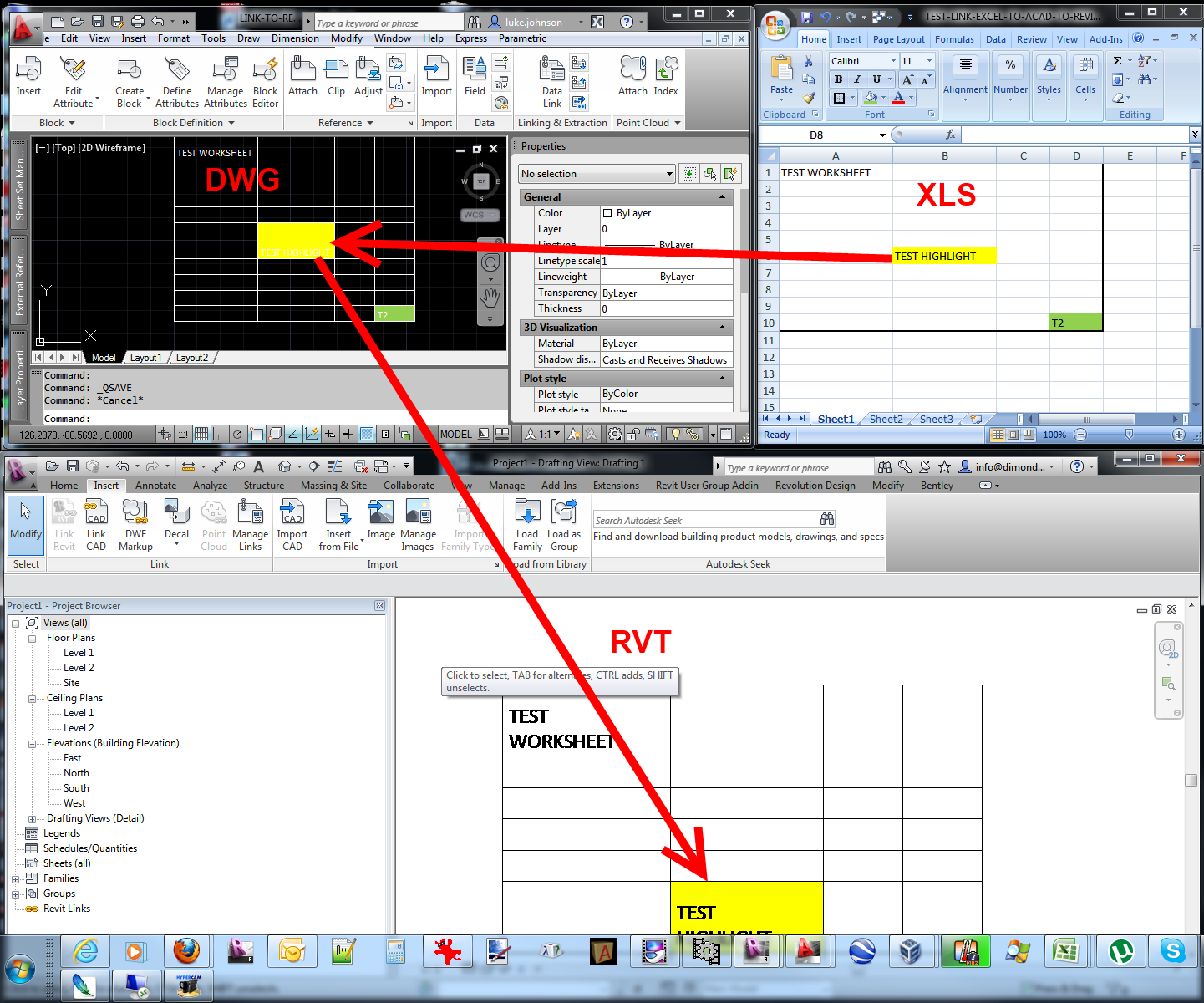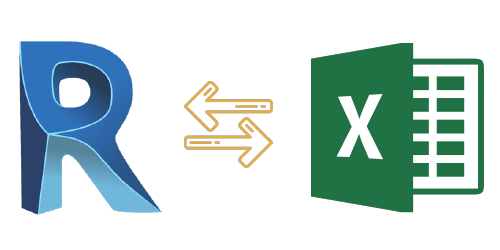Damaging Obstacles: Excel Importation Techniques for Advanced Revit Users
Check out various information importation methods and master Excel assimilation to enhance your Revit modeling capabilities. With our ideas and techniques, you can overcome importation obstacles and end up being a real expert in making use of Excel for your Revit projects.
Advanced Revit Users: Leveraging Excel for Importation
You can conveniently leverage Excel for importation as an innovative Revit individual. Excel is a powerful device that can substantially boost your workflow and performance in Revit. With its capacity to deal with large quantities of data and execute intricate calculations, Excel can be a beneficial asset in managing and organizing your project details.
One method to leverage Excel for importation is by using the "Link Excel" attribute in Revit. This function enables you to link an Excel spreadsheet straight into your Revit job, enabling you to update and integrate information between both programs. When dealing with routines or tracking modifications in your job., this can be especially useful.
Another means to utilize Excel is by utilizing the "Import/Export" feature in Revit. This feature permits you to import and export information between Revit and Excel, providing you the versatility to deal with information in both programs. You can import data from Excel right into Revit to produce aspects such as wall surfaces, areas, or doors, and you can additionally export data from Revit to Excel for further analysis or coverage.

Exploring Data Importation Techniques in Revit Utilizing Excel
Discovering how to import information from Excel into Revit uses efficient methods for integrating info. When you import data from Excel, you can seamlessly move information such as area timetables, product lists, and tools data into your Revit task. This process permits you to conserve time and effort by staying clear of hand-operated data entrance.
To import information from Excel into Revit, you can make use of the "Import/Export" function. This feature allows you to map the Excel data areas to the equivalent Revit criteria, ensuring that the information is correctly appointed within the model. By selecting the proper import options, you can regulate just how the data is imported and how it engages with your project.
Another approach for importing information from Excel into Revit is by using Eager beaver. Eager beaver is a visual programming tool that incorporates with Revit and permits you to automate process and jobs. With Dynamo, you can produce custom-made scripts that import information from Excel and manipulate it within your Revit task. This technique gives even much more versatility and modification choices.
Mastering Excel Integration for Advanced Revit Modeling
One essential method is importing information from Excel spread sheets directly right into your Revit model. With a few basic actions, you can map the Excel columns to the equivalent Revit parameters and import the data precisely.
Another beneficial method is exporting data from Revit to Excel. This allows you to draw out info from your version, such as schedules or product amounts, and assess it in Excel using formulas, charts, or various other effective tools. By leveraging the capacities of Excel, you can do complicated calculations, produce personalized reports, and gain beneficial insights right into your task.
In enhancement to information transfer, Excel combination can automate recurring tasks in Revit. By developing macros or manuscripts in Excel, you can automate procedures like producing views, creating sheets, or using conventional family members - revit tool. This not only conserves time but additionally makes sure consistency throughout your project
To master Excel combination in Revit, it is important to recognize the information structure and just how Revit interacts with Excel. By familiarizing yourself with the offered tools and strategies, you can unlock the full potential of Excel assimilation and take your Revit modeling to the next degree.
Overcoming Importation Obstacles: Excel Techniques for Revit Professionals
When getting over importation pop over to this web-site difficulties, it is essential to be acquainted with reliable Excel methods that can benefit professionals in Revit. As an innovative Revit individual, you recognize the importance of seamlessly importing data from Excel into your jobs. Nevertheless, you might come across various difficulties along the road. By using effective Excel techniques, you can get rid of these challenges and boost your performance.

An additional beneficial technique is using the "Transpose" function in Excel. This enables you to convert data from rows to columns or the other way around. When importing information into Revit, this can be particularly handy when you have information in an upright style in Excel, yet you need it to be in a straight layout in Revit.
Moreover, using Excel solutions such as VLOOKUP and INDEX-MATCH can greatly assist in mapping visit this web-site information from Excel to Revit. These solutions allow you to look for certain worths in learn the facts here now Excel and obtain corresponding data from an additional column. This can conserve you time and effort when importing huge datasets right into Revit.
Excel Information Importation Idea for Advanced Revit Users
By acquainting on your own with effective Excel methods and ideas, you can improve your data importation procedure as an advanced customer of Revit. Furthermore, utilizing Excel's "Paste Unique" attribute allows you to paste data from Excel right into Revit while preserving format, such as cell shade or font style. An additional useful method is to utilize Excel's "Locate and Change" feature to promptly make modifications to your data before importing it into Revit.
Conclusion
You have actually now learned valuable techniques for importing information from Excel right into Revit as a sophisticated individual. By leveraging the power of Excel assimilation, you can simplify your modeling process and overcome any importation challenges that may occur. With these ideas and tricks, you will have the ability to grasp information importation and enhance your Revit skills. So go in advance, break those obstacles and master your Revit projects!

When importing information right into Revit, this can be particularly valuable when you have information in an upright layout in Excel, yet you need it to be in a straight layout in Revit.
In addition, making use of Excel solutions such as VLOOKUP and INDEX-MATCH can substantially help in mapping information from Excel to Revit. Additionally, utilizing Excel's "Paste Unique" attribute enables you to paste information from Excel into Revit while preserving formatting, such as cell color or font design.